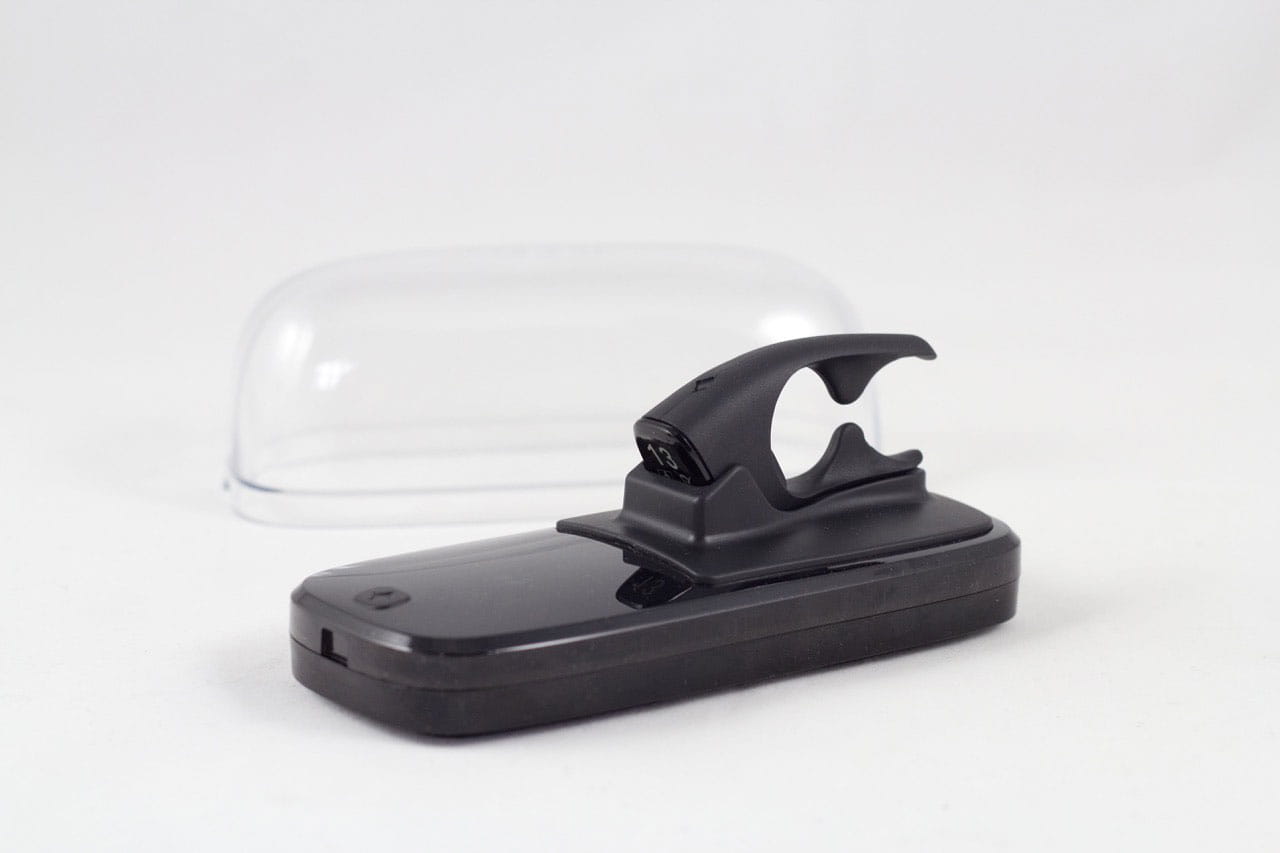Sleep Detectives: Screening for Sleep Apnea
February 09, 2019
UH validating data for new screening device to help detect obstructive sleep apnea
UH innovations in Pulmonology & Sleep Medicine - Winter 2019Obstructive Sleep Apnea (OSA) is a significant medical problem for millions of Americans and a challenge for healthcare providers.
The problem, explains Ambrose A. Chiang, MD, FCCP, FAASM, Director of Sleep Medicine at University Hospitals Cleveland Medical Center, is that there are no easy, inexpensive and reliable screening tools at this time for early diagnosis of OSA. Furthermore, many people who have OSA remain undiagnosed. Ambrose Chiang, MD, FCCP, FAASM
Ambrose Chiang, MD, FCCP, FAASMTHE BELUN RING - Home Sleep Apnea Testing Device
Belun Technology Co., Ltd., a Hong Kong-based tech company, has designed a potential alternative to flow-based home sleep apnea tests: the Belun Ring. In May 2018, the U.S. Food and Drug Administration cleared the pulse oximeter, which not only measures oxygen saturation in the blood, but can also assesses heart rate variability and blood volume changes in the microvascular bed of the finger using photoplethysmography. The Belun Ring also detects motion using an accelerometer, says Dr. Chiang, a scientific advisor to Belun Technology. The data obtained from the Ring can be downloaded through a cradle and a USB cable to a computer, allowing for further data analysis through a proprietary software algorithm.
“This device is truly innovative,” Dr. Chiang says. “It has no wires, belts or tubing like PSG and HSAT. And unlike the traditional oximeter that clips to the tip of your finger, the Belun ring clips at the proximal phalanx of the index finger, which minimizes sensor motion artifacts, doesn’t interfere in the individual’s sleep and reduces the chance of falling off during sleep.”
In early, yet-to-be-published validation studies in healthy individuals, the Belun ring appears to provide reliable results with good sensitivity and specificity for the diagnosis of OSA.
 Belrun Ring
Belrun Ring
VALIDATION STUDY UNDERWAY
UH Cleveland Medical Center has applied for Institutional Review Board approval for a study to further validate the accuracy of the Belun ring in patients with comorbidities.“If it’s indeed accurate enough, then, down the road, this easy-to-use device has the potential to be used as a screening tool,” Dr. Chiang says.
In earlier studies, patients with cardiopulmonary and neuromuscular comorbidities, such as congestive heart failure or chronic obstructive pulmonary disease, and patients on beta-blockers and calcium blockers, were excluded, which helped generate favorable trial results.
“At UH, we will include these patients as long as they are clinically stable,” Dr. Chiang says. “That will help us validate the accuracy of the Ring in an outpatient population referred to the sleep lab for assessment of OSA. If the data are good, we hope to run more studies in various outpatient and inpatient populations for screening of OSA.”
WHY IT MATTERS
In patients with sleep apnea, the upper airway collapses during sleep, disrupting airflow — sometimes more than a hundred times each night.Recent data estimates that OSA affects about 5 percent of women and 14 percent of men. The prevalence increases with age and weight gain, so OSA is a growing problem. OSA is associated with many other comorbidities, including hypertension, congestive heart failure, atrial fibrillation, diabetes and metabolic syndrome. Successfully identifying and treating individuals with severe OSA may help reduce the risk of comorbidity and mortality.
Although research with the Belun ring is still in very early stages, Dr. Chiang is hopeful. “It’s small and very easy to use,” he says.
If the device continues to demonstrate reliability, it could become a valuable tool for physicians screening their patients for sleep apnea. If a patient’s results are positive, physicians can then send those individuals for a sleep study for confirmation. Because the device is very easy to use, it may also help diagnose OSA patients early, so they can start on CPAP or other therapy options.
The first step is to get the device validated, Dr. Chiang emphasizes. If the results are good, then it makes sense to continue future research.
For more information about the Belun ring or sleep disorders, contact Dr. Chiang at 216-844-3201.


